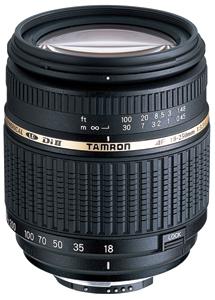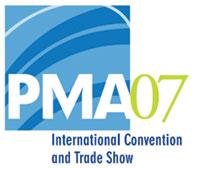Peter K. Burian
|
Aug 01, 2007
|
Aug 01, 2007
|
Aug 01, 2007
|
Jul 01, 2007 |
First Published: Jun 01, 2007
|
Jun 01, 2007 |
First Published: Jul 01, 2007
|
May 01, 2007
|
Feb 01, 2007
|
Feb 01, 2007









